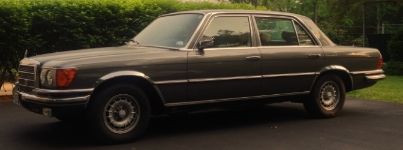Originally posted by Roland H
View Post
Originally posted by Roland H
View Post




Comment